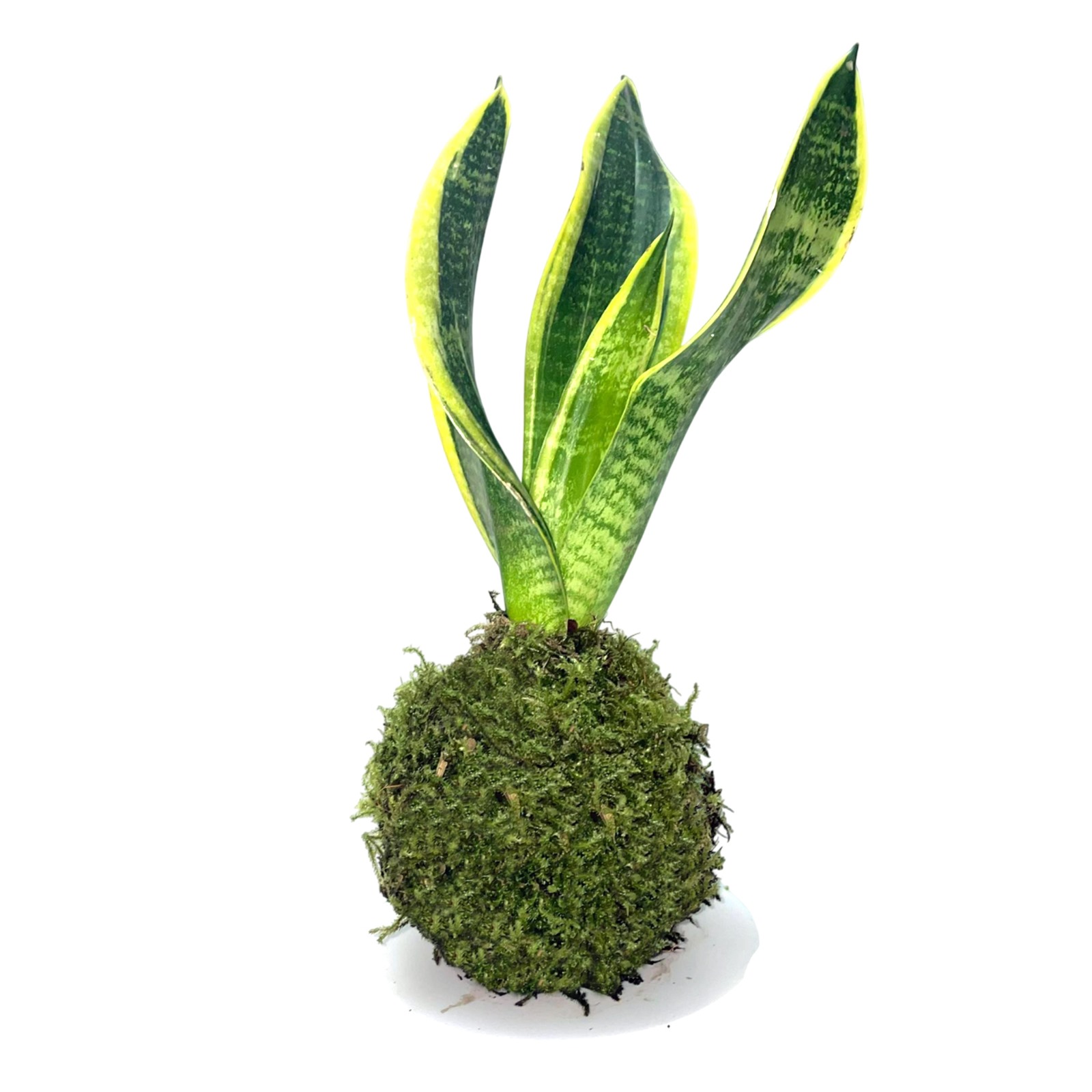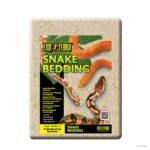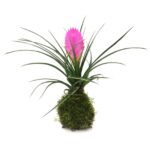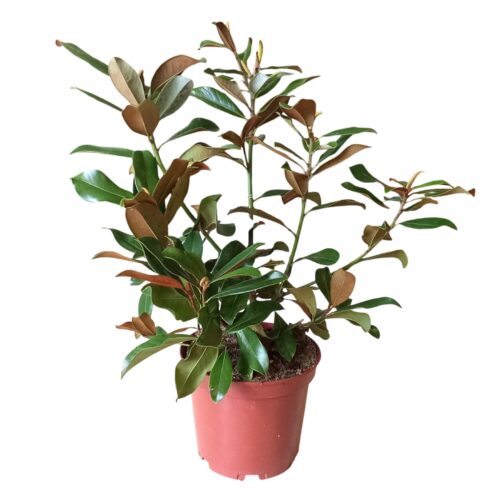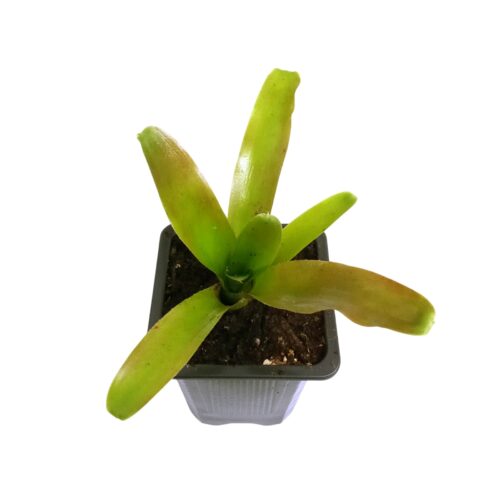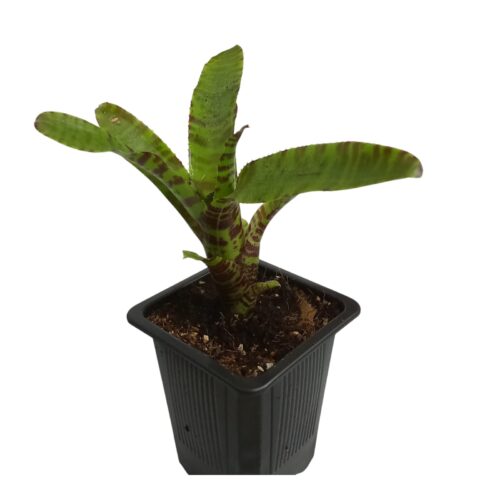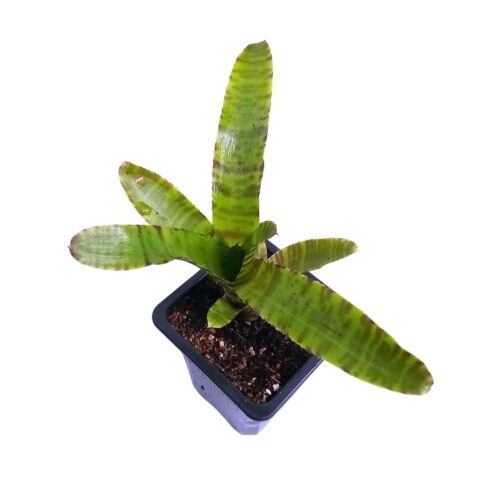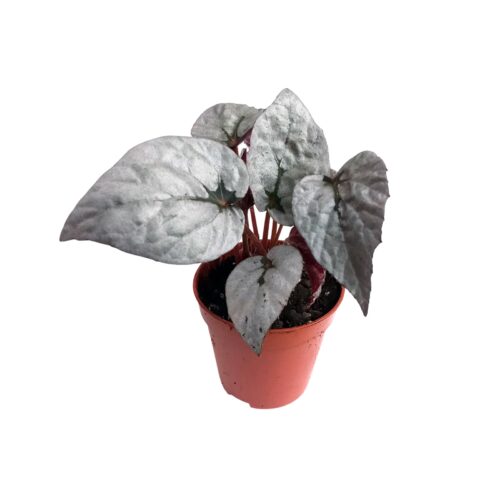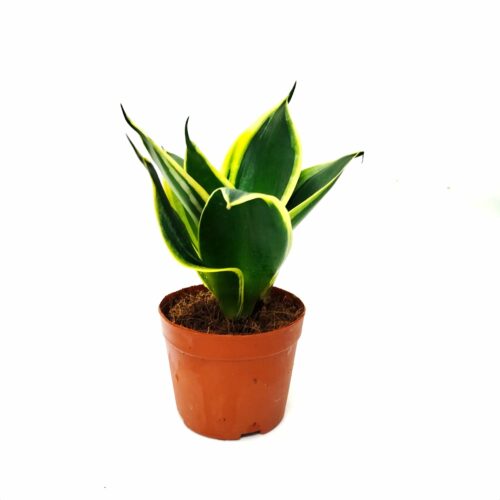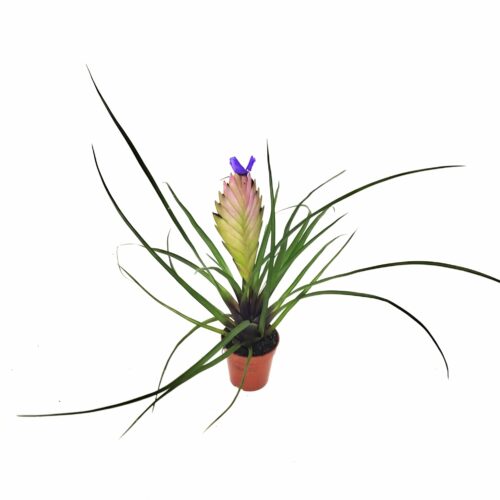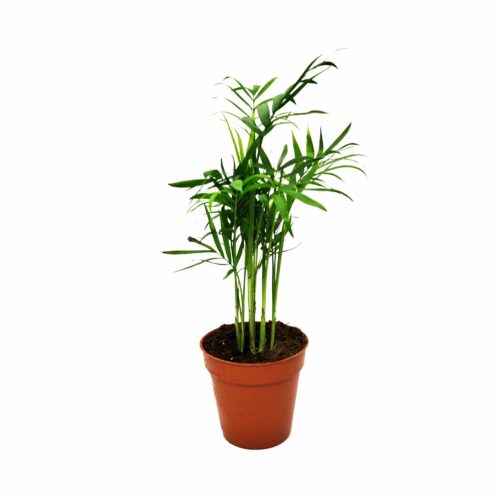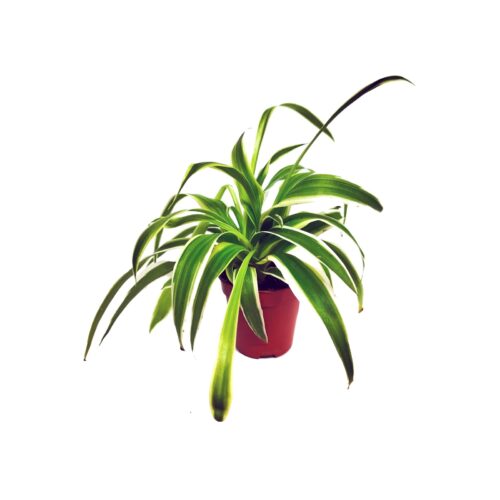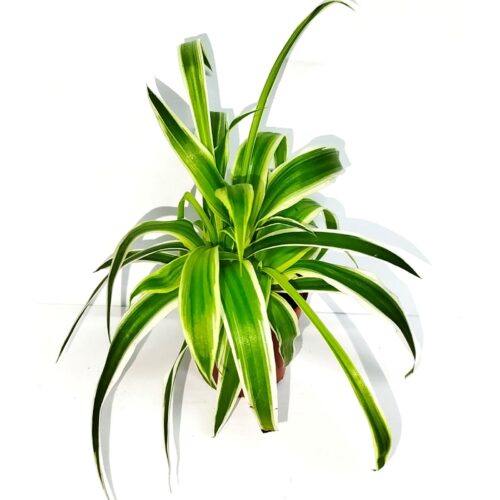Kokedama Sansevieria
27,00€
🌿 The Kokedama Sansevieria brings a natural and minimalist touch to your space. Easy-care and perfect for interiors.
* Each kokedama is handmade and one of a kind, so slight variations may occur. 🪴
there is stock
🌱 Kokedama Sansevieria – Minimalist elegance with a green soul
The Kokedama Sansevieria is a perfect fusion of nature and artistry. Inspired by a centuries-old Japanese technique, this plant, wrapped in a moss ball, offers a unique and stylish way to bring greenery into any space. Ideal for modern interiors, offices, or small corners that need a natural touch with minimal effort.
Sansevieria, also known as “Snake Plant” or “Mother-in-law’s Tongue,” is a hardy, slow-growing plant known for its resilience and low-maintenance nature. It’s a top choice for anyone looking to add beauty and air-purifying benefits to their home or workspace with minimal care.
The handcrafted moss ball replaces a traditional pot, allowing you to place it directly on a decorative base or hang it for a more artistic display. This nature-inspired presentation fits beautifully in zen, minimalist, boho, or Scandinavian-style environments.
✅ Key Benefits:
- Unique & decorative: Each kokedama is handmade, so no two are exactly alike.
- Low maintenance: Requires minimal watering and thrives in indirect light.
- Air purifying: Helps remove toxins and improve air quality.
- Pot-free design: Instantly stylish with no need for a planter.
📋 Technical Sheet
- Product name: Kokedama Sansevieria
- Common plant name: Snake Plant / Mother-in-law’s Tongue
- Scientific name: Sansevieria trifasciata
- Planting technique: Kokedama (moss ball)
- Approx. height: 20–30 cm (including plant)
- Moss ball diameter: 8–12 cm
- Ball material: Natural moss and special compacted substrate
- Ideal light: Bright indirect light; tolerates low light
- Watering: Submerge moss ball every 10–15 days (less in winter)
- Best location: Indoors
- Care difficulty: Very low
- Air-purifying: Yes
- Pet safe: Toxic if ingested by cats or dogs
- Plant origin: West Africa
Related products
Magnolia grandiflora
there is stock
Neoregelia Fireball “Verde”
there is stock
- Indoor.
- Toxicity (read technical data sheet)
Neoregelia punctatissima x Green
there is stock
Begonia Rex “Silver”
there is stock
Sansevieria trifasciata
there is stock
- Pot size: 5 cm – 9 cm (Select option).
- Indoor
Tillandsia cyanea ‘Anita’ (Pink Feather Bromeliad)
there is stock
- Pot: 8.5 cm.
- Indoor.
Chamaedorea elegans
there is stock
Cinta Plant (Chlorophytum comosum ‘Bambino’)
there is stock
- Pot: 6.5 - 8.8 (cm)
- Small size
- Indoor use

